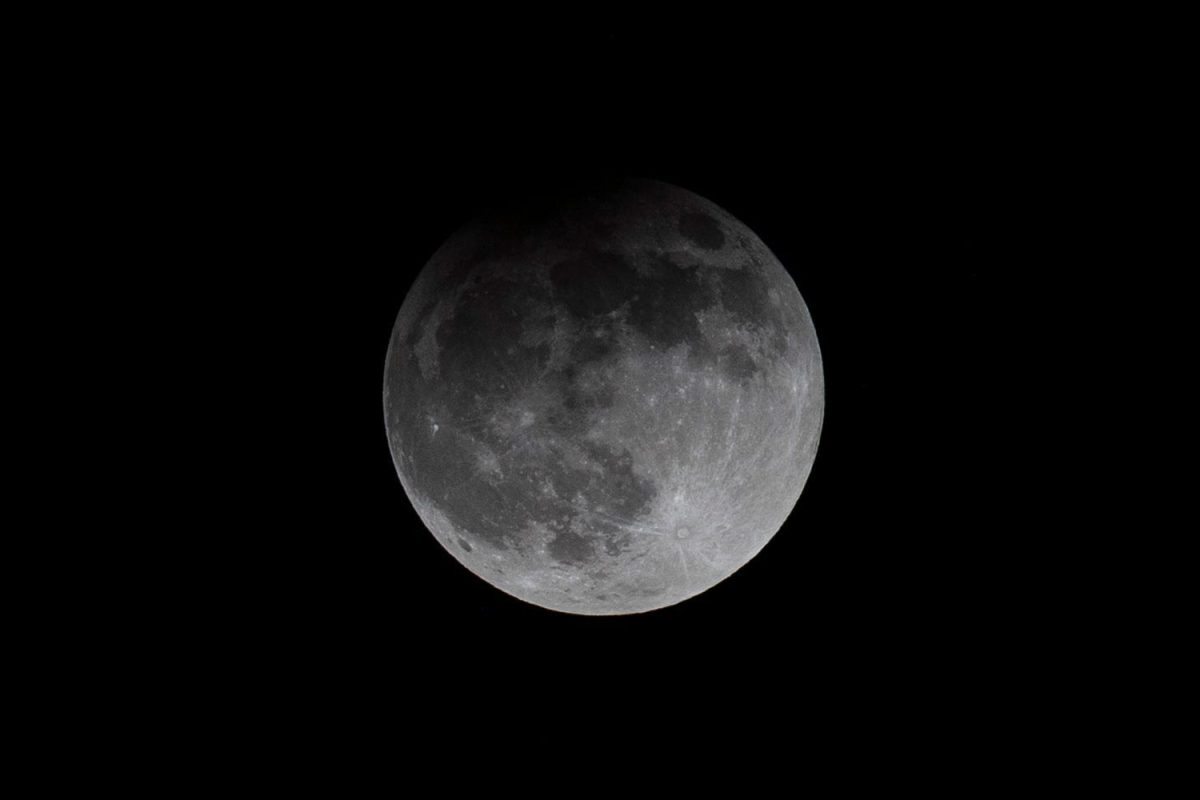Earth is set to have a second “mini moon” for just under two months. The lunar companion will be in Earth’s orbit from Sept. 29 to Nov. 25. A mini moon is an object from space that is temporarily caught in Earth’s orbit.
Casey DeRoo, an associate professor in the University of Iowa Department of Physics and Astronomy, said the second moon is actually an asteroid that will be rotating around the Earth. The asteroid, dubbed 2024 PT5, was discovered earlier this month by the American Astronomical Society and is 33 meters in size, which is about the length of a school bus.
“We find these kinds of asteroids with a system of telescopes that essentially are charged with surveying the whole sky,” DeRoo said.
PT5 is what astronomists call a near-earth object — half of a billion of which are currently in Earth’s general vicinity. Very rarely does one enter and stay bound by Earth’s orbit. Even more interesting, DeRoo said, is that ones that do enter Earth’s atmosphere typically stay for much longer periods of time.
Earth’s most recent mini moon, 2020 CD3, was in its orbit for more than two years, escaping Earth’s orbit in May 2020, according to a report published by The Astronomical Journal.
The mini moon originated from the Arjuna asteroids, a group of near-earth objects with orbits similar to Earth. While most asteroids are found between Mars and Jupiter, the Arjuna asteroids are located closer to Earth.
It is unknown exactly what PT5 is composed of, but it is the object of several possible studies as it draws closer.
RELATED: UI professor receives $300,000 grant for research with international students
PT5 will not complete a full orbit around Earth but instead make a horseshoe shape before being slung-shot back into space. DeRoo predicts the asteroid will return to Earth in approximately 30 years.
Due to the size of the asteroid, PT5 will not be visible to the naked eye or even with a backyard telescope.
“Here at the [Van Allen Observatory], our largest telescope that we have is — I believe —17 inches in diameter,” UI Astronomy Lab Specialist and Observatory Manager Andi Swirbul said. “Based on how dim the mini moon is, they’re estimating that you need, like, a 30-inch diameter telescope — so almost twice the size of the one that we have.”
Hai Fu, an associate professor in the Department of Physics and Astronomy, said an event like this opens up doors for potential new research.
While teams can be sent to capture asteroids in space, the ones temporarily captured in Earth’s orbit offer opportunities for smaller missions to explore them and, if possible, mine materials.
“This is a very exciting early stage of an emerging field,” Fu said.
Fu also said discovering smaller asteroids this early on prevents potential threats to the planet.
While PT5 never posed any threat to Earth, DeRoo said the discovery of it is “sort of a victory” for scientists. New technology has allowed scientists to discover asteroids early on and has helped them detect possible civilization damage.
“We know enough about them to know that we would have a heads up before a collision of at least five years, if not more,” DeRoo said.



